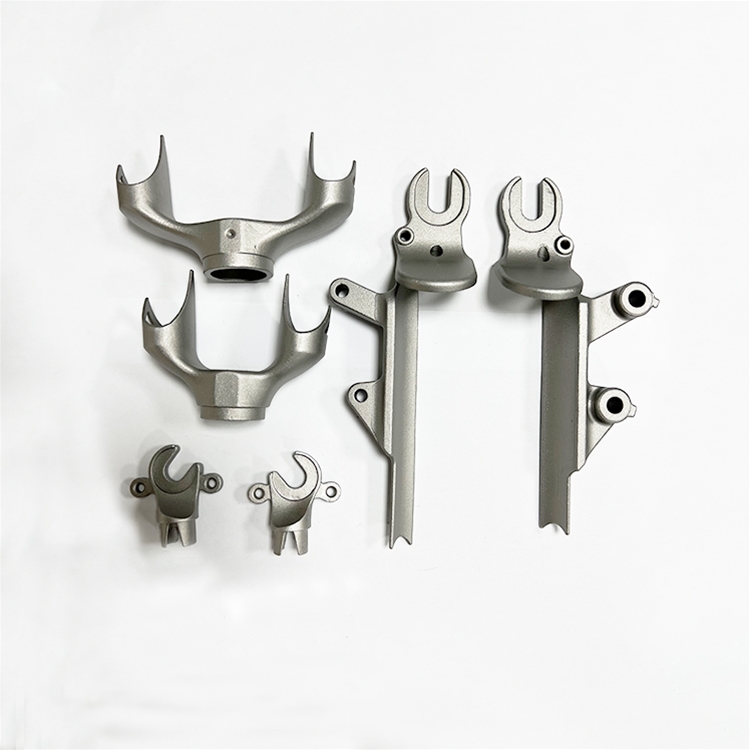
Литье механических деталей на заказ: технология и применение
Введение
Индивидуальное литье — это универсальный метод производства, используемый для производства механических компонентов с определенной геометрией, свойствами материала и требованиями к производительности. Этот процесс идеально подходит для отраслей, где требуются высокопрочные, износостойкие или детали сложной формы, которые сложно обработать.
Основные методы литья
Литье в песчаные формы
Экономически эффективно для малых и средних объемов производства
Подходит для больших и тяжелых деталей
Поверхностная обработка требует дополнительной обработки
Литье по выплавляемым моделям (литье по выплавляемым моделям)
Высокая точность размеров (±0,005 дюйма)
Превосходное качество обработки поверхности (Ra 1,6–3,2 мкм)
Идеально подходит для сложных дизайнов
Литье под давлением
Высокоскоростное производство для массового производства
Лучше всего подходит для цветных металлов (алюминий, цинк, магний)
Возможность достижения жестких допусков и тонких стенок
Центробежное литье
Обеспечивает превосходные металлургические свойства
Используется для цилиндрических деталей (труб, колец, втулок)
Устраняет проблемы пористости
Выбор материала для индивидуального литья
Серый чугун и ковкий чугун: высокая износостойкость, гашение вибраций
Нержавеющая сталь: коррозионная стойкость, высокая прочность
Алюминиевые сплавы: легкие, хорошая теплопроводность
Бронза и латунь: отличные подшипниковые свойства, коррозионная стойкость
Контроль качества и тестирование
Неразрушающий контроль (НК): рентгеновский, ультразвуковой и цветной контроль.
Механические испытания: прочность на разрыв, твердость, ударопрочность
Контроль размеров: проверка КИМ (координатно-измерительной машины)
Применение в промышленности
Автомобилестроение: блоки двигателей, корпуса трансмиссии
Авиация и космонавтика: турбинные лопатки, структурные элементы
Нефть и газ: корпуса клапанов, корпуса насосов
Тяжелая техника: шестерни, гидравлические компоненты
Будущие тенденции
Формы для 3D-печати из песка: более быстрое прототипирование, сложная геометрия
Оптимизированные с помощью ИИ конструкции литья: снижение дефектов, повышение эффективности
Устойчивые процессы литья: снижение выбросов, переработанные материалы







